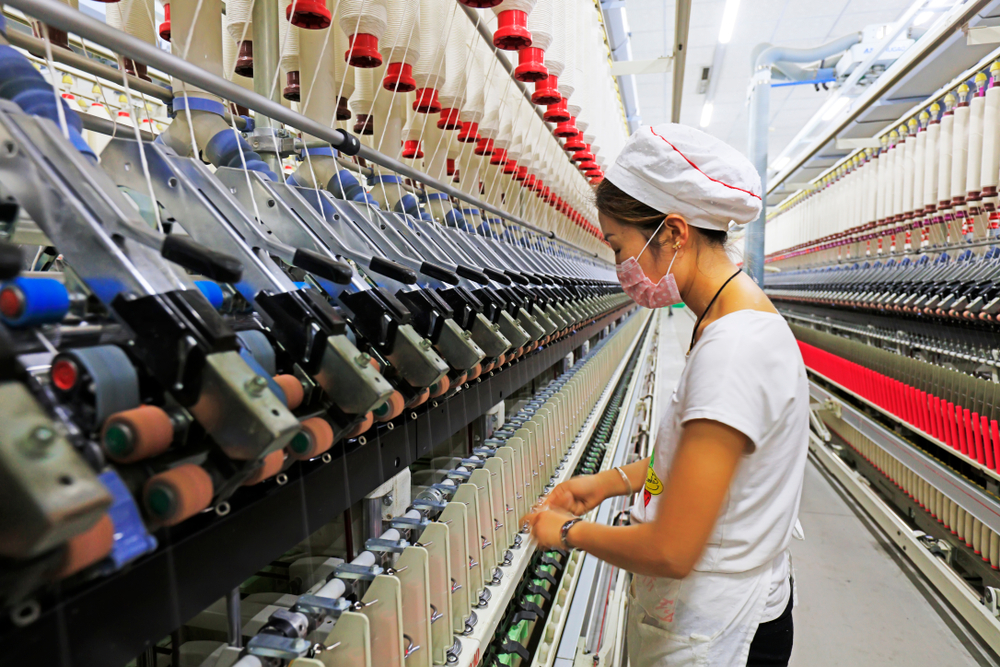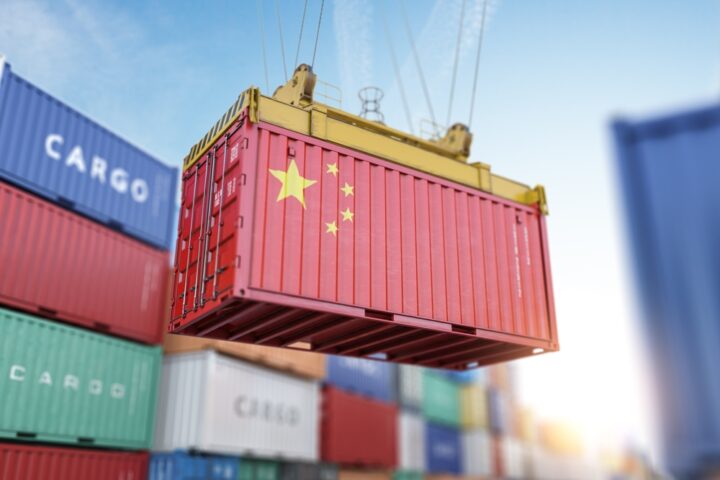China’s manufacturing sector saw its activity contract for the fifth consecutive month in September, highlighting the continued challenges faced by the world’s second-largest economy in rekindling growth. The latest data from the National Bureau of Statistics (NBS) reveals that China’s efforts to stabilize its manufacturing output are facing significant hurdles.
Modest Improvement in Official Manufacturing Data
The official manufacturing Purchasing Managers’ Index (PMI) for September came in at 49.8, an improvement over August’s 49.1. While any PMI reading below 50 indicates contraction, the slight uptick from the previous month suggests a marginally less severe downturn than anticipated. Economists had expected the PMI to register at 49.5, according to a Reuters poll, making September’s figure a mild positive surprise.
Zhao Qinghe, a senior statistician at the NBS, acknowledged the improvement in economic sentiment, attributing the rise to a modest pickup in manufacturing activity, particularly in high-tech and equipment manufacturing. “The rise to 49.8% reflects a slight recovery in manufacturing, but the overall sector remains under pressure,” Zhao noted.
Caixin PMI Shows Sharper Decline
In contrast to the official data, the Caixin PMI—compiled by S&P Global and often viewed as more representative of smaller, private sector firms—painted a more concerning picture. The Caixin PMI dropped to 49.3 in September, down from 50.4 in August, marking the sharpest contraction in 14 months. This decline was driven by falling demand and a weakening labor market.
Erica Tay, director of macro research at Maybank Investment Banking Group, noted that Caixin’s PMI is more skewed toward exporters and private firms, which are grappling with increased competition. “Manufacturers have been forced into fierce price competition, pushing buyers to stock up earlier in the year,” said Tay. She added that the current data indicates these buyers have likely met their short-term needs, leaving demand weak for the foreseeable future.
Challenges Facing China’s Manufacturing Sector
China’s manufacturing sector continues to be buffeted by multiple headwinds. Domestically, the economy is grappling with a property crisis and sluggish consumer demand, which has put pressure on manufacturers. Externally, Western trade restrictions, especially in critical sectors like electric vehicles, have added another layer of complexity.
The weak manufacturing data follows other disappointing economic indicators. In August, China’s industrial profits plunged by 17.8% year-on-year, the sharpest decline in over a year, signaling deeper trouble for the country’s industrial sector and further complicating its recovery efforts.
Government Measures and Economic Outlook
In response to the economic slowdown, the Chinese government has introduced several measures aimed at stabilizing growth. These include a 50-basis-point cut to the reserve requirement ratio (RRR) for banks, as well as reductions in key interest rates. The People’s Bank of China also lowered the seven-day reverse repurchase rate to 1.5% in an effort to inject more liquidity into the financial system.
President Xi Jinping’s administration has also called for additional fiscal and monetary support to reverse the downward spiral in the property market and boost overall economic confidence. Following these announcements, Chinese equity markets experienced a strong rally, recording their best week in nearly 16 years. This positive market reaction indicates investor confidence in the government’s measures, though the long-term impact remains to be seen.
Restoring Confidence Will Take Time
While the Chinese leadership has taken steps to reignite growth, experts caution that these efforts may take time to bear fruit. Andy Rothman, an investment strategist at Matthews International Capital Management, pointed out that restoring confidence among consumers and entrepreneurs will be a gradual process. “It’s going to take time for this to work,” Rothman told CNBC, emphasizing that the road to economic recovery will not be swift.
As China navigates its way through these economic challenges, the coming months will be critical in determining whether the government’s interventions can successfully stabilize the manufacturing sector and broader economy.







